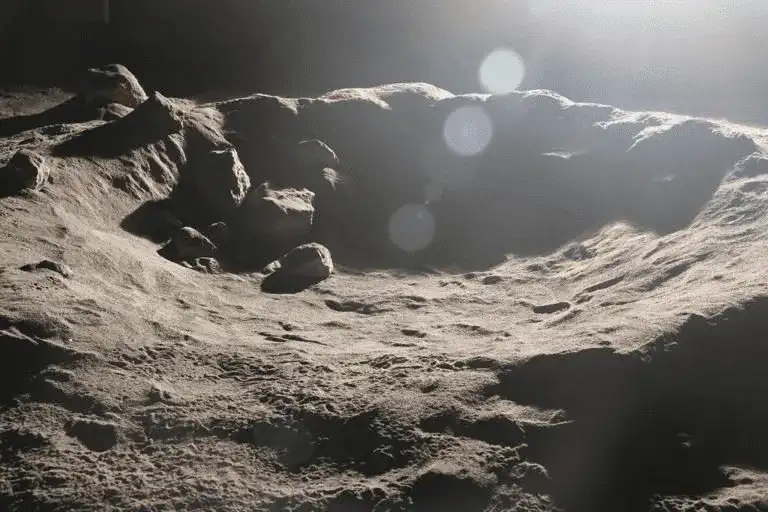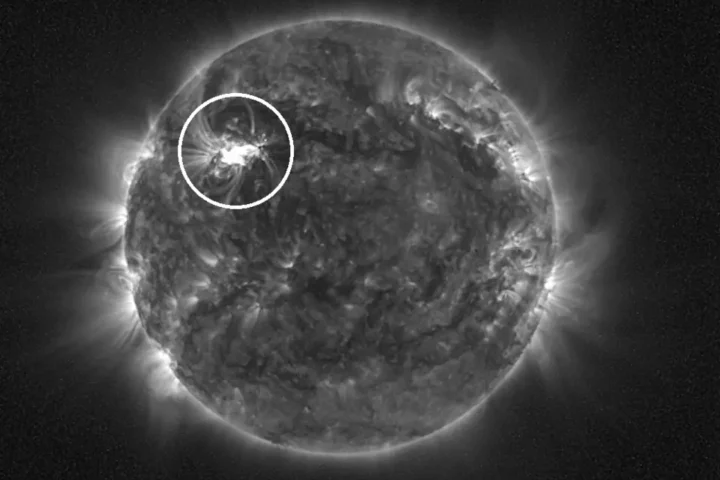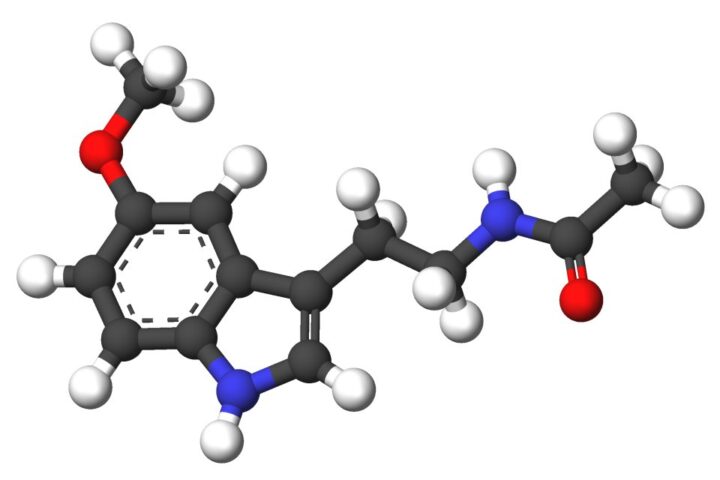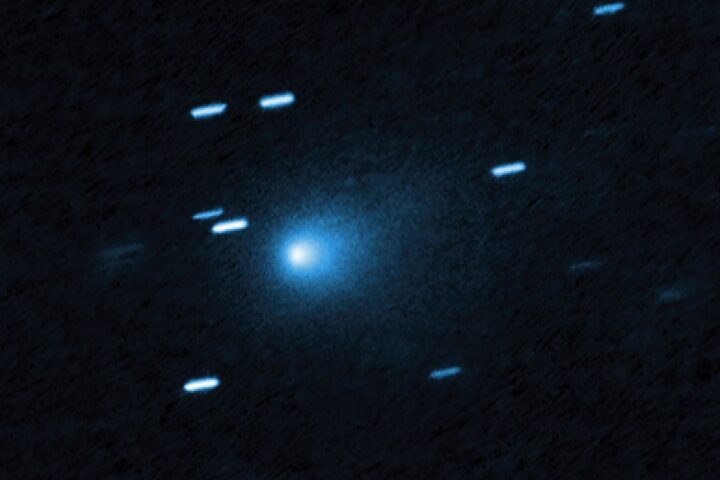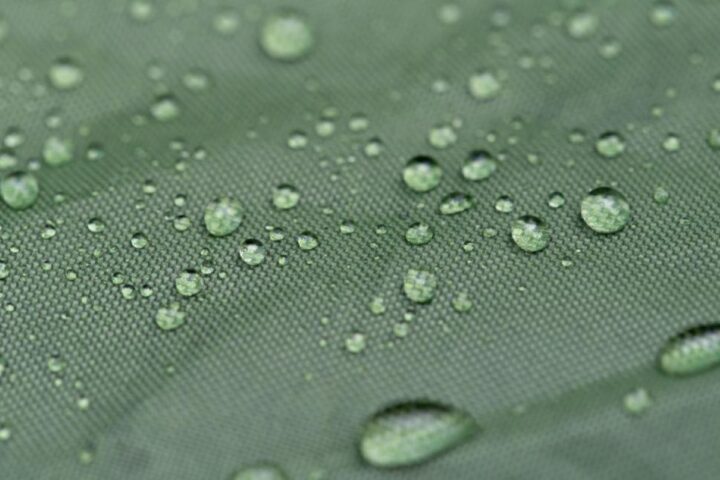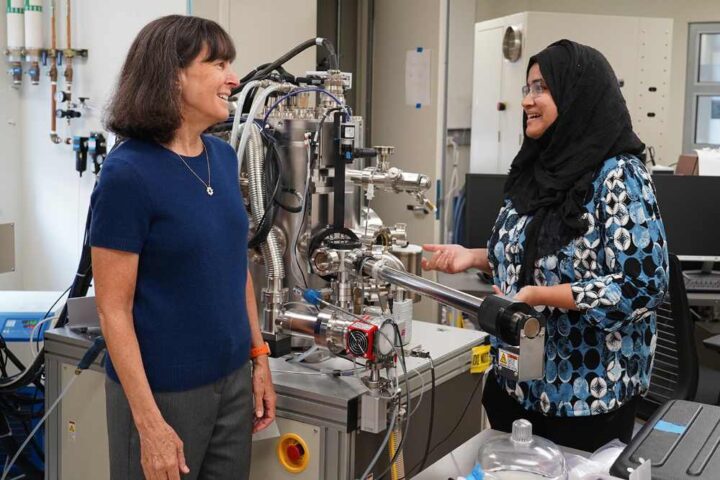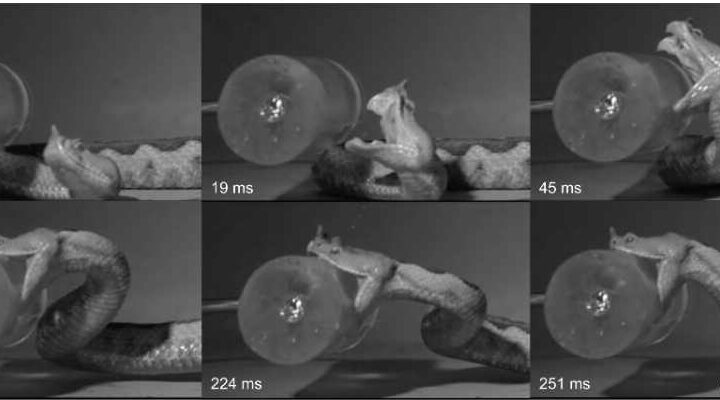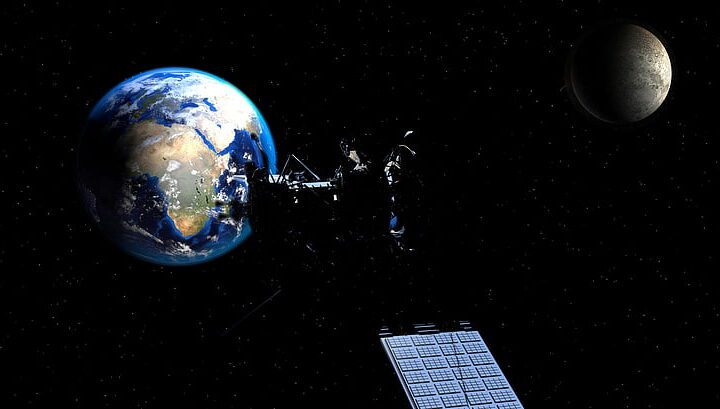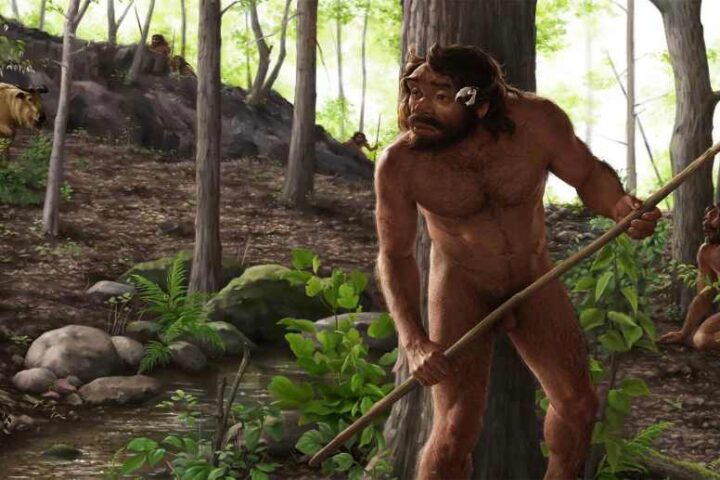NASA has just unveiled its cutting-edge Lunar Lab and Regolith Testbed, located at the Ames Research Center in California’s Silicon Valley. This “artificial moon” facility is designed to imitate the lunar environment, complete with ultra-realistic lighting and terrain that simulates the two primary surface types found in the Moon’s polar regions. The facility houses two massive indoor sandboxes filled with simulated lunar dust, enabling researchers to recreate and test various areas of the Moon with exceptional precision.
NASA’s Volatiles Investigating Polar Exploration Rover (VIPER) team has put the upgraded Regolith Testbed to the test, using it to assess the performance of the rover’s lighting systems and hazard avoidance cameras in low-angle illumination conditions. The facility, which includes a new, larger sandbox filled with over 20 tons of Lunar Highlands Simulant-1, simulates the Moon’s South Pole and has been updated to offer even greater precision. The sandbox, which measures 62 feet by 13 feet by 1 foot, can be adjusted to offer a deeper, albeit smaller, testing area.
NASA’s Lunar Lab and Regolith Testbed has become a hub of research and experimentation, attracting scientists and engineers from both NASA and the private sector. The facility’s first sandbox, measuring approximately 13 feet by 13 feet by 1.5 feet, is filled with eight tons of Johnson Space Center One simulant (JSC-1A), making it the largest collection of its kind in the world. The dark grey JSC-1A simulant mimics the Moon’s mare basins, providing a challenging terrain for testing the abilities of science instruments, robots, and human explorers.
The facility also enables research that can be applied to other celestial bodies, including Mercury, asteroids, and Mars’ Phobos, among others. The polar regions of the Moon are vastly different from the terrain encountered by Apollo astronauts, presenting new challenges in low-angle lighting and intense solar glare that make navigation and observation difficult. With the Sun never rising overhead, even the slightest obstacle will cast long shadows and plunge craters into darkness, while at other times the Sun will blaze at eye-level, reflecting off the soil.
NASA highlighted the unique features of its Regolith Testbed, which is designed to simulate lunar conditions with remarkable accuracy. Researchers use hand tools to shape the dust in the sandbox, creating features that are similar to what astronauts and rovers might encounter on the Moon, including small craters and pits ranging from a few feet to a few yards in size, as well as rocks and other debris. The Testbed is also equipped with bright, high-power lights that simulate the Sun’s rays and enable researchers to recreate lighting conditions at different times and locations on the Moon, including its poles.
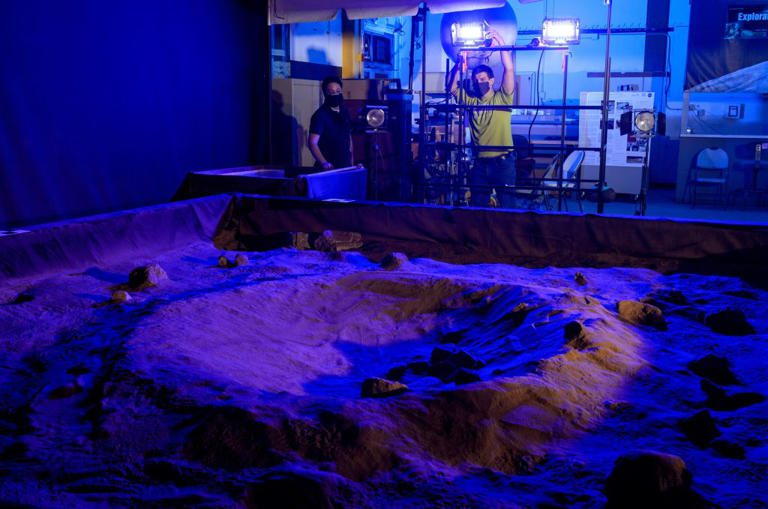
According to NASA, future explorers of off-planet polar regions will have to deal with the abrasive and sticky regolith, which has fine grains that are as sharp as glass and has a tendency to cling to everything due to its formation. The lunar environment is further compounded by the absence of an atmosphere and extreme cold, making it a formidable challenge for machinery and spacesuits, at best, or a hazard, at worst.
